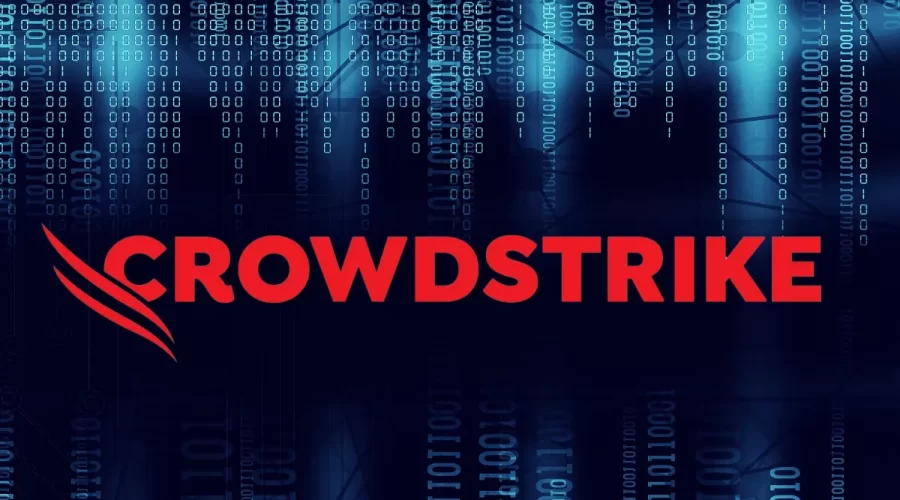The world is grappling with the aftermath of a significant disruption caused by a faulty update from CrowdStrike, a major cybersecurity firm. This incident, which began on July 19, left millions of computers incapacitated, leading to substantial operational issues across various sectors, including airlines, banks, hospitals, and government agencies.
IT workers have faced the cumbersome task of manually fixing each affected computer, and remote workers are finding themselves locked out with no immediate resolution. The disruption was due to a minor error in the update code, which led to widespread system crashes and the notorious “blue screen of death.”
CrowdStrike quickly identified and addressed the issue within 78 minutes, but the damage was already extensive. The process of manually rebooting the affected computers has prolonged the disruption, with some organizations, such as Delta Air Lines, still dealing with delays and complications well into the following week.
The outage has had severe consequences, including separating unaccompanied minors from their parents due to flight cancellations.
While the immediate impact of the outage is frustrating, experts warn that it could have been far worse. The potential for a catastrophic failure, like a complete collapse of digital infrastructure, remains a looming threat. Such a scenario could lead to society being set back significantly, potentially resembling conditions from the 19th century, and highlights the need for robust preventative measures.

Mark Atwood, an expert in open source policy, emphasizes that this incident was an accident but serves as a reminder of the fragile nature of our digital infrastructure. There is a significant concern that future failures could be even more devastating. Atwood points out that building a more resilient internet is primarily the responsibility of government authorities rather than individual actions.
The sheer scale of CrowdStrike’s market presence exacerbated the problem. With its software deeply embedded in critical industries and holding nearly 25 percent of the endpoint security market, a single bad update can have a massive ripple effect. The incident affected approximately 8.5 million Windows devices, demonstrating the extensive reach and potential impact of such software.
This crisis underscores the need for better regulations and practices within the cybersecurity industry. Although there are existing regulations designed to protect critical sectors, their implementation and adherence need improvement. The incident has prompted calls for more stringent oversight and better practices to prevent future occurrences, with some advocating for increased government intervention.
In response to the outage, there are indications that lawmakers might push for new regulations to address the vulnerabilities exposed by this incident. The Federal Trade Commission (FTC) has highlighted the dangers of concentrating too much power on a single company, which can amplify the effects of a single glitch. Efforts are being made to understand and rectify the failures that led to the outage.
The federal government continues to work on improving cybersecurity through various initiatives, including the establishment of the Cybersecurity and Infrastructure Security Agency (CISA) and the implementation of executive orders to bolster cybersecurity.
However, as technology evolves and new threats emerge, maintaining robust security measures remains a continuous challenge. The rise of AI and other advanced technologies will only add complexity to the cybersecurity landscape.
Despite ongoing efforts to enhance cybersecurity, the potential for a catastrophic event remains. Past cyberattacks have already demonstrated the capability of disrupting critical infrastructure, with incidents affecting healthcare systems and power grids.
While no catastrophic global cyberattack has yet occurred, the increasing reliance on interconnected systems means that vigilance and preparedness are crucial to preventing a future disaster.







Leave a Reply